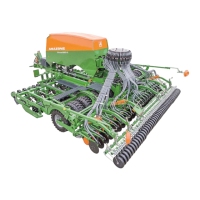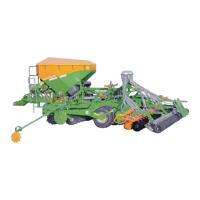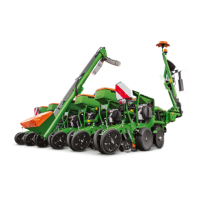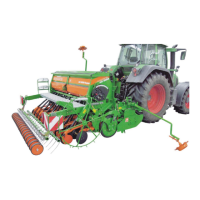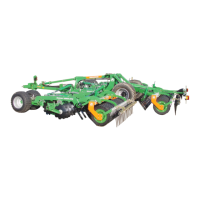Maintenance, repair and care work
136
Cirrus 3/4/6000 DB2034 08.04
Replace hydraulic hoses when the following inspection criterions are noted:
• Damage on the casing down to the lining (e.g. abrasion, cuts and kinks)
• Brittle hose casing (cuts in the hose casing)
• Deformations which do correspond to the ordinary shape of the hose or the hose
assembly. Both with the hoses pressure less but also under pressure or when
bended (e.g. separation of layers, bubbles, squeezing, buckling).
• Leakages
• Damage or deformation of the hose fitting (no proper tightness).
• Escaping of hose from the fitting
• Corrosion of the fitting which affect the function and strength
• The requirements on the installation have not been adhered to
• The period of use of 6 years is exceeded
Decisive is the date of manufacture on the fitting (see chapter 10.2.1) for the
hydraulic hose assembly plus 6 years. When the date of manufacture on the fitting
is indicated with "02.02" the period of use will end in February, 2008.
Hint!
Observe when mounting or dismounting hydraulic hoses:
• Affix the hydraulic hoses only on the fixing points given by the manufacturer
• Always ensure that the hydraulic parts and connections are clean
• Fit the hoses in such a way that their natural placement and movement are not
hindered
• During operation the hoses should not be under tension, twisted or strained by
external forces.
• The permissible bending radius must be observed.
• Never paint the hoses.
Hint!
Installation of hose fittings with 0-ring sealing and clamping nut
First tighten the clamping nut by hand. Then tighten the clamping nut more tightly by
using a spanner by min. ¼ to max. ½ turn .
When the clamping nut is tightened more firmly than stated, the conical bolted joint
may burst (especially on the welded journal of the hydraulic rams).
The bolted connections with O-ring sealings must not be tightened as firmly as the
former cutting ring sealings.

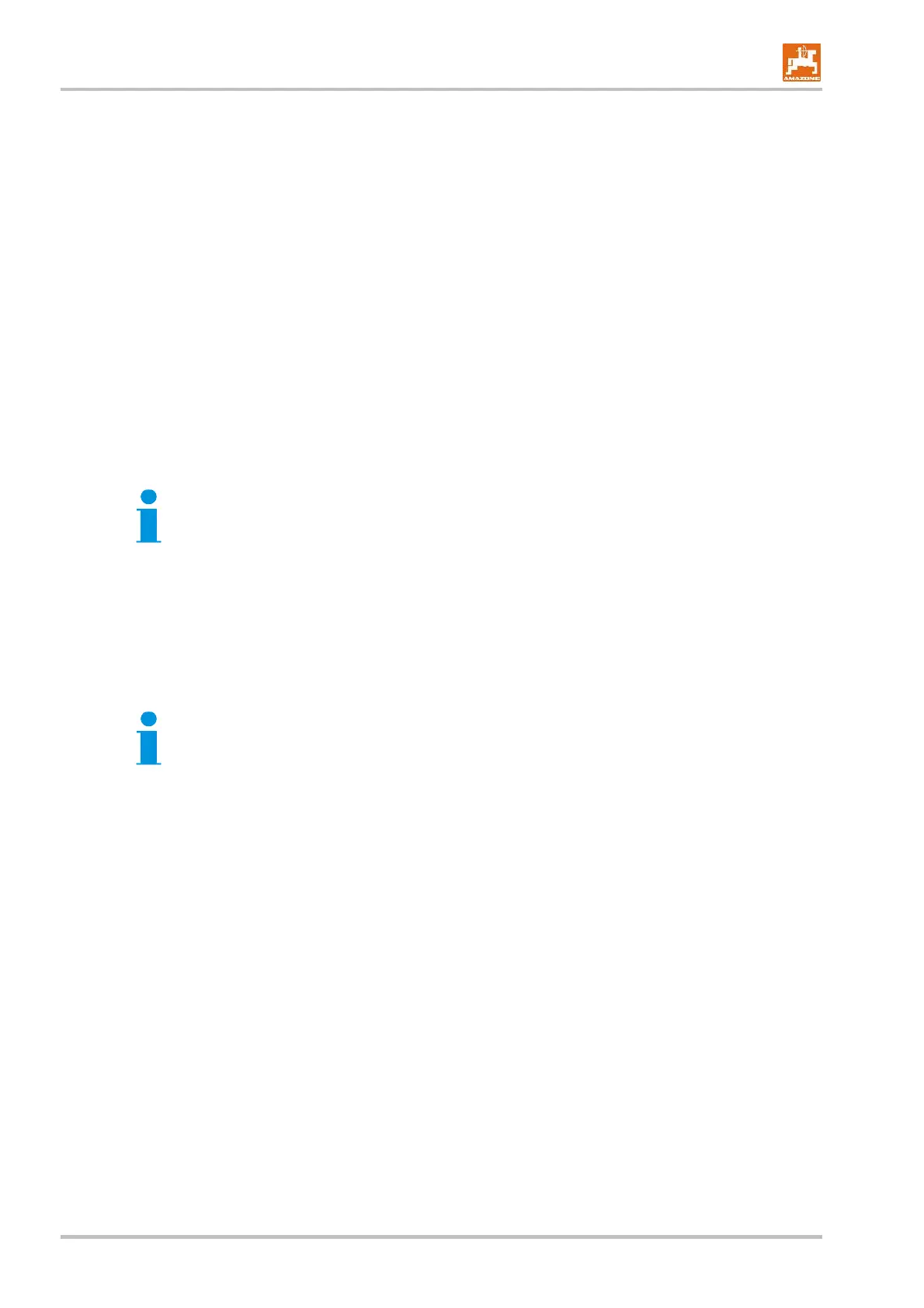